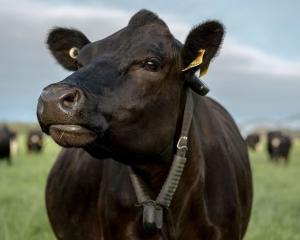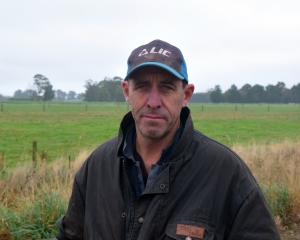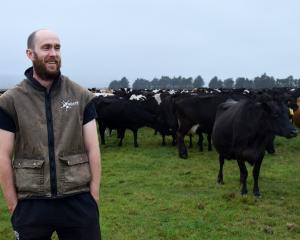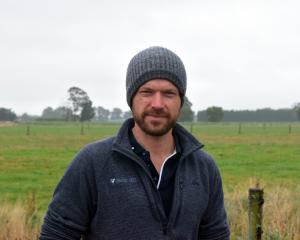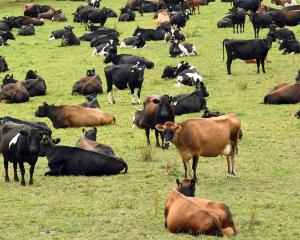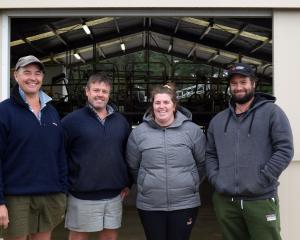Ireland and New Zealand are both focused on balancing the growth of their dairy sector with requirements for water quality. Their approaches are quite different, to be sure.
Dr Vera Power, chief executive of the Fertiliser Association of New Zealand (FANZ), said there were limited tools available to manage the environmental impacts of dairying in Ireland. Dr Power, raised in Dublin, said the Irish approach was built primarily around rewarding the farmer, demonstration of good practice and community engagement to promote water quality improvements.
"In Ireland, as in other parts of Europe, farmers receive financial incentives to manage nutrient losses through payments to reduce stocking rates or control nutrient inputs. There is also support for infrastructure development such as effluent storage."
New Zealand was a bit more about "stick than carrot".
"Farmers and growers are expected to make significant changes to manage nutrient losses, facing the full cost of the transition."
Dr Power suggested the difference in approach possibly reflected different drivers. "In Ireland, concerns about water quality come from Europe."
According to the last agricultural census, almost 40% of New Zealand farms have a formal nutrient planning document in place.
"In New Zealand, we expect to be able to swim in and gather food from our waterways. This isn't a common goal across Europe, where managing sites for swimming tends to be the exception rather than the rule. If you look at Ireland, only a couple of freshwater sites are managed for swimming, mainly sites on lakes."
New Zealand's unique environment set an additional challenge.
"Having clear rivers and warm summer temperatures creates a breeding ground for algae when excess nutrients become available. Managing nutrient inputs to control algae growth is a tight balancing act."
The National Policy Statement for Freshwater Management requires regional authorities to reduce algal biomass to less than 200mg of chlorophyll-a-m-2, which equates to having about 30% of the stream bed covered in algae. The recent Environment Aotearoa report suggests about 82% of the river length in pastoral farming areas was not suitable for activities such as swimming.
Comments
Given how uncompetetive Ireland's dairy industry is, and has been for decades now, their approach doesn't work, except that many farmers are nothing more than welfare recipients with half a dozen cows and an old historic milking shed that Fonterra wouldn't allow here.
Nope. If you want a hand-out here, you'll have to make a much better case than that.
Especially given the extent to which tax and rate payers are already paying for your externalities, and the extent to which dairy threatens our biggest earner, tourism, with it's "you can't prove it was me" practices.
Nope, sunset industries like this don't need more public funds.


